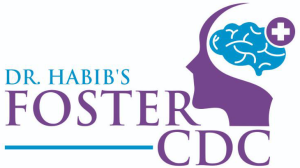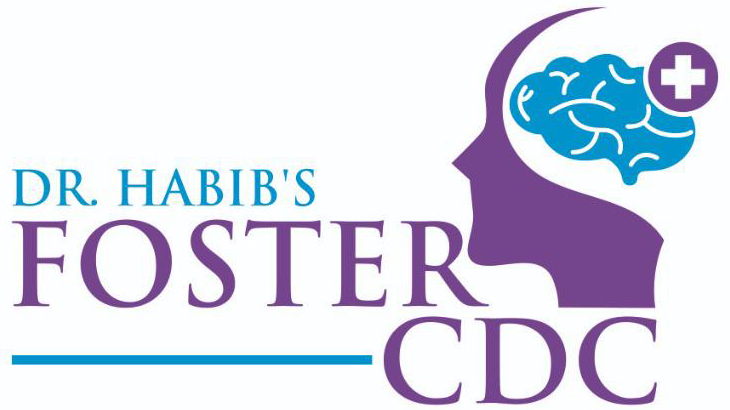Syncope – also known as passing out, blacking out or fainting is a condition in which a child loses consciousness and then falls from a sitting or standing position. The brain requires a continuous and adequate supply of blood to function properly, but when the blood flow to the brain decreases, the oxygen supply to the brain also decreases – and therefore, a child faints during syncope. Syncope affects people of all ages, from toddlers to the elderly.
What are the causes of syncope in children?
There are many causes of syncope including certain brain and heart conditions (cardiovascular mediated syncope) and change in position. The most common cause of syncope in children is simple faint (vasodepressor syncope or vasovagal syncope). The other causes of syncope are psychogenic syncope, reflex syncope and situational syncope. Rarely, syncope may be due to certain metabolic disorders.
What are the symptoms of syncope?
Dizziness, light-headedness, extreme tiredness, cold sweaty skin and extreme tiredness are the symptoms of syncope.
What are the warning signs of syncope?
Syncope or fainting is usually preceded by a period which can last for several seconds to minutes. It is known as prodrome. During this period, the child usually has these warning signs: tunnel or blurred vision, nausea, weakness, cold and sweaty skin, palpitations, sweating, lack of colour in the skin (pallor), increased breathing, muffled hearing and dizziness.
What are the other causes of light-headedness or dizziness?
There are several other causes of dizziness in children including the following: after a viral infection or inner ear infection (labyrinthitis), before a migraine attack or a pre-syncopal symptom. Occasionally, hypoglycaemia may also cause dizziness.
What are the triggers of syncope in children?
Triggers of syncope in kids include a change in posture, prolonged standing, hunger, fatigue, heat, crowding and concurrent illness.
How is syncope different from seizure?
When parents approach a paediatric neurologist with their child, the neurologist does a differential diagnosis to rule out a seizure.
The paediatric neurologist enquires about the type of symptoms the child experienced because the symptoms such as nausea, blurriness (visual changes), light-headedness manifest before a syncope (common in syncope)– whereas a seizure lacks these symptoms. Also, during a syncope, the loss of consciousness is only for a few seconds and may not last for more than a minute – whereas, during a seizure, the child may lose consciousness for a longer time than with syncope.
Clonic and myoclonic convulsive movements are associated with seizures – whereas syncope is not associated with these movements.
In children following a seizure, the consciousness is altered during the prolonged postictal phase – which is associated with drowsiness. In children with syncope, the altered level of consciousness lasts only for a few seconds. The other symptoms of seizure include eye deviation, tongue biting, urinary incontinence and faecal incontinence.
How is syncope diagnosed?
The foundation on which the diagnosis of syncope is made is based on child’s history and the essential aspects of it are the following:
The surrounding conditions (environment) where the child experienced syncope – where was the child?
The activity in which the child was involved: when he or she experienced syncope.
How frequently is the child experiencing fainting and for how long the fainting lasted?
Hydration status – Was the child dehydrated before he fainted?
Was the child having any symptoms prior to fainting?
Was there someone accompanying the child during the episode – Had they seen it when the child fainted.
Does the child take any medications?
Does the child have a family history of seizures, syncope, heart disease or deafness?
A paediatric neurologist orders several diagnostic tests for a child presented with syncope or frequent episodes of fainting. Prior to the diagnosis of syncope, the paediatric neurologist will examine the child based on the symptoms, history, medical history, family history and other factors to rule out seizures or any heart issues – which could be the cause for syncope.
The diagnostic tests include blood tests – complete blood count, metabolic panel and EKG and an EEG. Children with a family history of syncope, recurrent syncope or sudden unexplained syncope are referred to a cardiologist for further evaluation.


